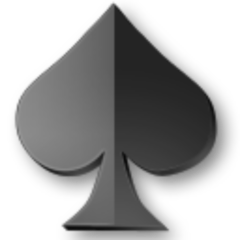Domino is a small rectangular block with either one or two blank sides and one or more pips (spots resembling those on dice). A set of these blocks makes up the game of dominoes, in which players arrange them so that their ends touch each other and form a line. Each domino has a value determined by the number of its pips and by how it matches up with other pieces on the board. The simplest match requires that the two matching edges are touching fully. In more complex games, the pips on adjacent sides are equal or some other combination is required.
A domino, in addition to being a fun way to pass the time, is a metaphor for many things. Among other things, it teaches readers to think about cause and effect. It also helps writers understand the power of the domino effect, which occurs when a character’s actions have logical effects on those around him or her.
The term domino is often used to refer to a chain reaction, but it can be applied more broadly to a process that involves a series of events. For example, a business might be compared to a domino if it grows out of control, leading to financial loss and other consequences.
While dominoes are best known for their role in games, they have other uses as well. For example, the blocks can be arranged to represent nerve cells in an experiment. This model allows researchers to study the behavior of these cells.
In the past, domino had another meaning – a long hooded robe worn with an eye mask during carnival season or at a masquerade. It may have been a pun on the word “dominus,” which means “lord” or “master.”
The most popular games of domino are blocking and scoring, in which the player takes turns laying tiles and then knocking them over. There are also other types of games, including solitaire and trick-taking ones that duplicate card games. These types of games were once popular in certain areas to circumvent religious proscriptions against playing cards.
A domino has inertia, a tendency to resist motion when no outside force is pushing or pulling on it. But a tiny nudge can overcome this inertia. A physicist at the University of Toronto, Stephen Morris, demonstrates this using a series of 13 dominos that he sets up on a table. The first domino has potential energy, or stored energy based on its position. But when it falls, much of this energy is converted into kinetic energy, which causes the other dominoes to fall as well.
When you see a builder of dominoes create elaborate, imaginative reactions before an audience, you’re seeing an example of the domino effect in action. These builders compete to see whose setup will produce the most impressive domino effect or reaction. A domino show is an amazing sight, and the builders are truly geniuses when it comes to designing their setups.
